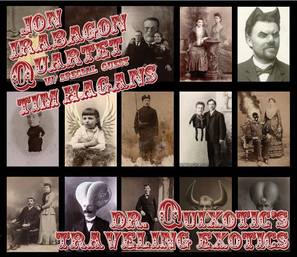
Dr. Quixotic’s Traveling Exotics is a riveting collection of quirky, fascinating, illuminating, and gripping pieces that Irabagon weaves with the abandon of a voodoo houngan. For all that, the discipline is extraordinary and the poetry is sublime.
Irabagon kicks off the album with The Demon Barber of Fleet Week, a hilarious tongue in cheek title. And the song starts off with Irabagon creating a fantastic tenor sax improv. The tones and techniques grab you from the start, At least, they did me. Then, at the 1:41 mark, you hear the great Rudy Royston crashing in on drums along with Nakamura and Perdomo. Irabagon has got a fantastic rhythm section with Yasushi Nakamura on bass and Rudy Royston on the drums. Luis Perdomo is a fascinating and rewarding pianist. These are the artists who were with him on 2015’s Behind the Sky. The quartet’s an all-star collection and with them, on this album, is Tim Hagans on trumpet as guest soloist.
The drive gives way to melody in a brilliant transition with Nakamura seizing the lead. Nakamura is unrelenting as Irabagon re-enters the frame. But don’t lose sight of Royston’s drumming in the midst of all the frenetic intricacies. Perdomo is exactly the right guy for piano work here and throughout the album.
And it keeps cooking. Emotional Physics/The Things moves quickly from pulse-pounding to languid and you love every second of each and the transition between them. Tom Hagans makes his appearance in force with Jon and the rhythm section blows you away, as well.
Yasushi means “gentle” in Japanese but Yasushi Nakamura is anything but gentle on that bass. Now, he may be a gentleman in person but I’m sure his bass would beg to differ. Hagans has the same wonderfully weird sensibilities as the rest of the quartet and they rapport between, indeed, all of them is electrifying.
And somehow, Irabagon, makes these cool shifts from the sublime to the ridiculous (I mean that in a good way) that brings a smile with a tilt of the head.
You Own Your Own opens with Perdomo soloing with furious left-hand arpeggios and right-hand chording before the corps jumps in. Irabagon and Hagans echo back Perdomo’s lines in a cool Jazz counterpoint. Once again, I come back to Royston’s choices. Intricate and furious, Royston is the ideal drummer for these compositions and for this quartet.
Irabagon and Hagans are in fantastic dialogue on this track, as Perdomo and Nakamura create their own conversation.
The Bo’Ness Monster is riotous! Bo’ness is the Scottish pronunciation of Borrowstounness, a small coastal town of the central lowlands overlooking the Firth of Forth. On this album, a skulking piano/bass line lays a monstrous (sorry) foundation for the horns. Menacing and on the loose, the rhythm section gives chase to the horns in a wildly entertaining exercise in tight harmonies and demanding rhythms.
Pretty Like North Dakota is the longest piece on the album and opens with a lovely solo piano. This, like all the songs on Dr. Quixotic’s Traveling Exotics is composed by Jon Irabagon. The muted trumpet and bass mirror each other while the piano maintains its sweet, sometimes haunting, melody and Royston washes over all with cymbals. Irabagon joins in and the horns play in unison over Nakamura’s bass.
Then the piece starts to swing. At just over 15 minutes, it is the longest tune on the album. In all that time, there are several exciting shifts in tempo and melody and harmony.
The album concludes with Taipei Personality. I admit, I laughed out loud when I read the title. The piece is driven and determined, like a Type-A personality but also sounds a little confused like the person who posed the question on the Wordreference.com forum, “What is a Taipei personality?” The single answer was returned, “You’re spelling it incorrectly. It’s Type A personality.”
The tune has its own swing and its own destination and it is wonderful. Irabagon nails some of his most impressive lines here.
Dr. Quixotic’s Traveling Exotics is an exciting excursion into odd breaks, intoxicating rhythms, hypnotic melodies, and delightful pairings in harmony. The compositions are amazing and the artistry of the musicians is superb. This quartet smokes. The album is one to keep close at hand for a long time to come.
~Travis Rogers, Jr. is The Jazz Owl
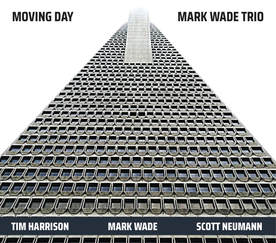

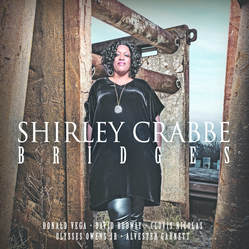
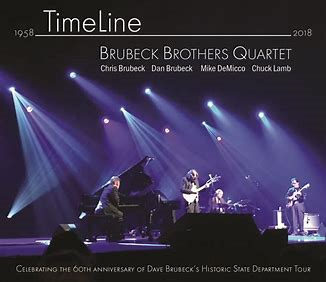
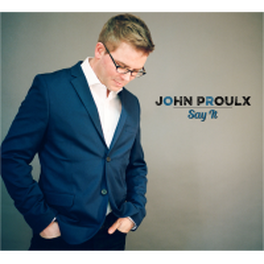
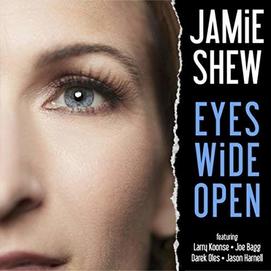
 RSS Feed
RSS Feed
